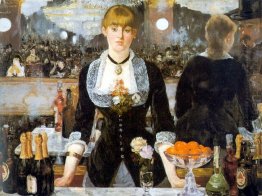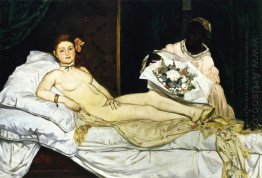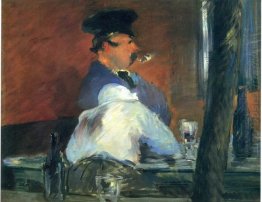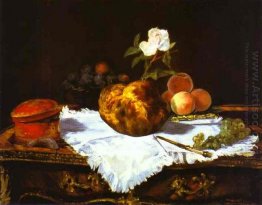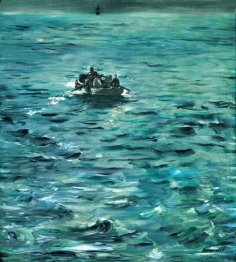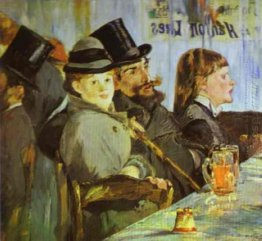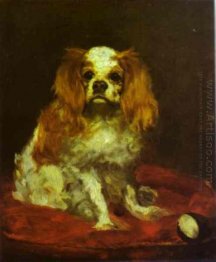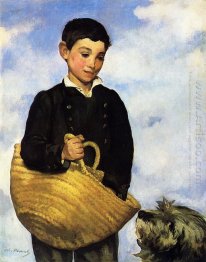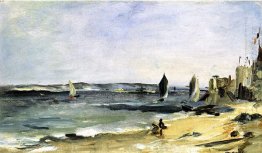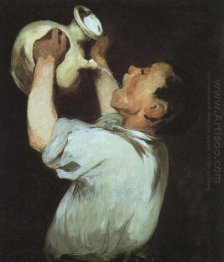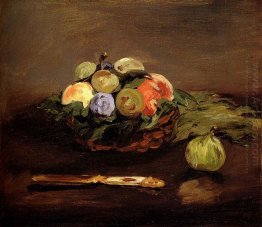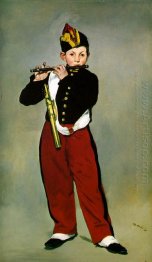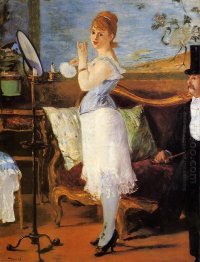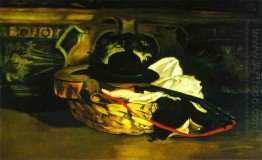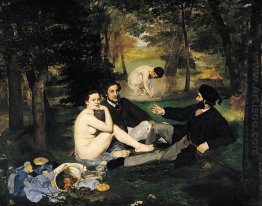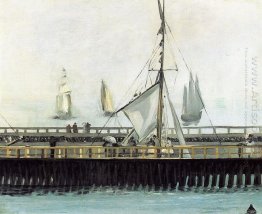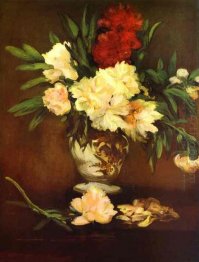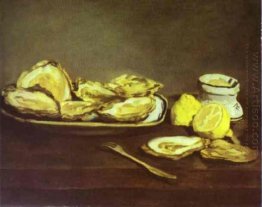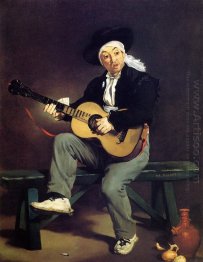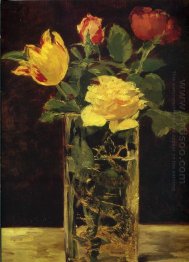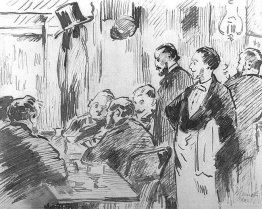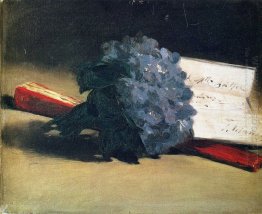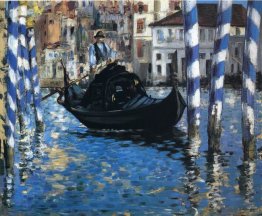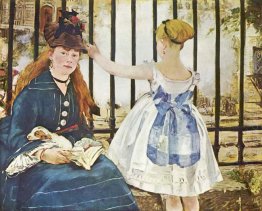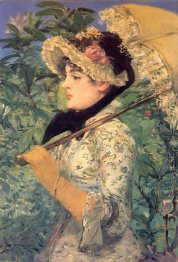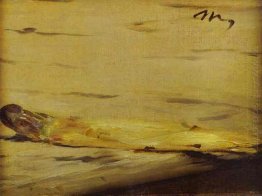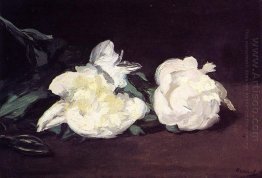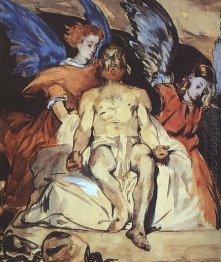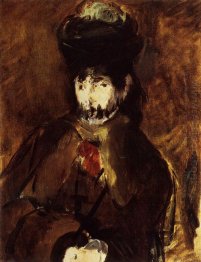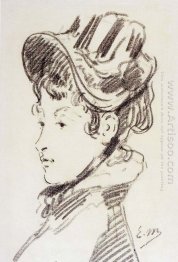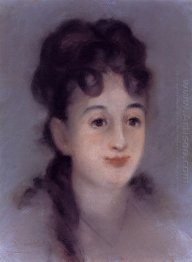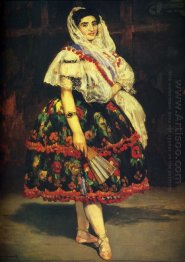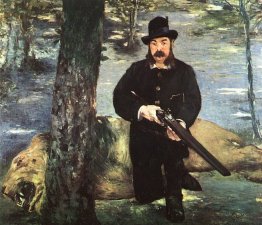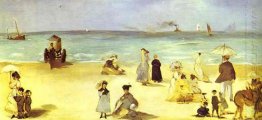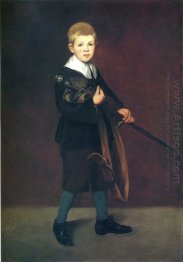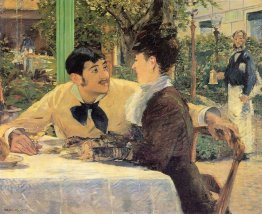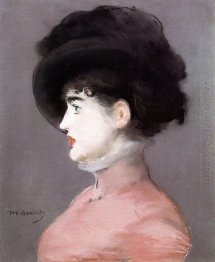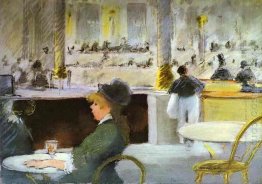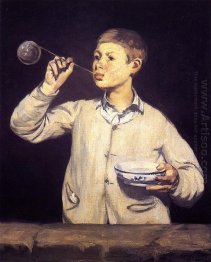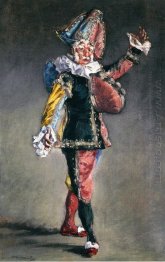Edouard Manet
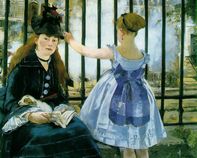
Edouard Manet was a French painter whose work inspired the impressionist style, but who refused to so label his own work. His far-reaching influence on French painting and the general development of modern art was due to his portrayal of everyday subject matter; his use of broad, simple color areas; and a vivid, summary brush technique.
Manet was a member of an aristocratic family, and his father, a government official, only reluctantly countenanced his son's avowed intention of becoming a painter. After completing his academic studies and failing in a half-hearted attempt to win a commission as a naval officer, Manet studied painting under Thomas Couture and later traveled (1856) to Holland, Germany, Austria, and Italy to visit art collections. His early works, such as The Spanish Guitarist (1860; Metropolitan Museum of Art, New York City), reveal a debt to Diego Velazquez and Francisco de Goya, but they also display the two-dimensional directness that would mark Manet's more controversial paintings.
Once he moved away from Spanish subjects and the general influence of baroque art to explore themes that gave a quick and vivid sense of the passing social scene -- a street singer coming out of a cafe, gatherings of people in the Tuileries gardens -- he embarked on a series of provocative challenges to the official Salon art of the day. The first of these unconventional works was the Dejeuner sur l'Herbe (1862; Musee d' Orsay, Paris), refused by the Salon of 1863 but given a showing that year when the outcry about the rejection of experimentalist works led to a special exhibition to accommodate them, the famous Salon des Refuses. Although Manet manifested his admiration for past art by basing the Dejeuner poses on Marcantonio Raimondi's print (c.1525-30) after Raphael's lost cartoon for the Judgment of Paris, the general public was shocked both by the bohemian candor of the subject matter and by the very summary way in which the brushwork suggested lighting and textures. The painting looks unfinished and gives the impression of an informal moment captured as if by a camera -- features that would serve as a stimulus to the younger impressionists.
Manet again caused public scandal with his Olympia (1863; Musee de Orsay) a candid presentation of a courtesan posing naked on her bed. The homage paid here to Titian's famous Venus of Urbino (c.1538; Uffizi Gallery, Florence) only aggravated the outcry created by the suggestive props accompanying the nudity and by the use of bright color-patches that are juxtaposed without any graded transitions of modeling.
Manet's thoroughly unconventional treatment of traditional subjects represents a turning point in modern painting. Even more than the proponents of realism, led by Gustave Courbet, Manet devalued the importance of what was painted in favor of stressing the process by which a painting was created. His later works ranged in subject matter from beach and outdoor subjects to city scenes, all of which he rendered with increasingly free brushstrokes and bolder use of color and light. Although he maintained close contacts with the emerging impressionists, his predilection for strong black-and-white contrasts and his feeling for clear outlines kept him outside the mainstream of impressionism. The crowning masterpiece of his last years, A Bar at the Folies-Bergere (1881-82; Courtauld Institute Galleries, London), acknowledges the triumph of impressionism in its use of quick, vibrant strokes to enhance the fall of light onto textures and surfaces, but it also testifies to Manet's personal, inventive brilliance in the way in which different aspects of visual experience are combined in startling and illogical ways. By the time of his death, in 1883, Manet had passed from being the abomination and source of outrage of mid-19th-century French art to being recognized widely as a pioneer of the modern movement in painting.




